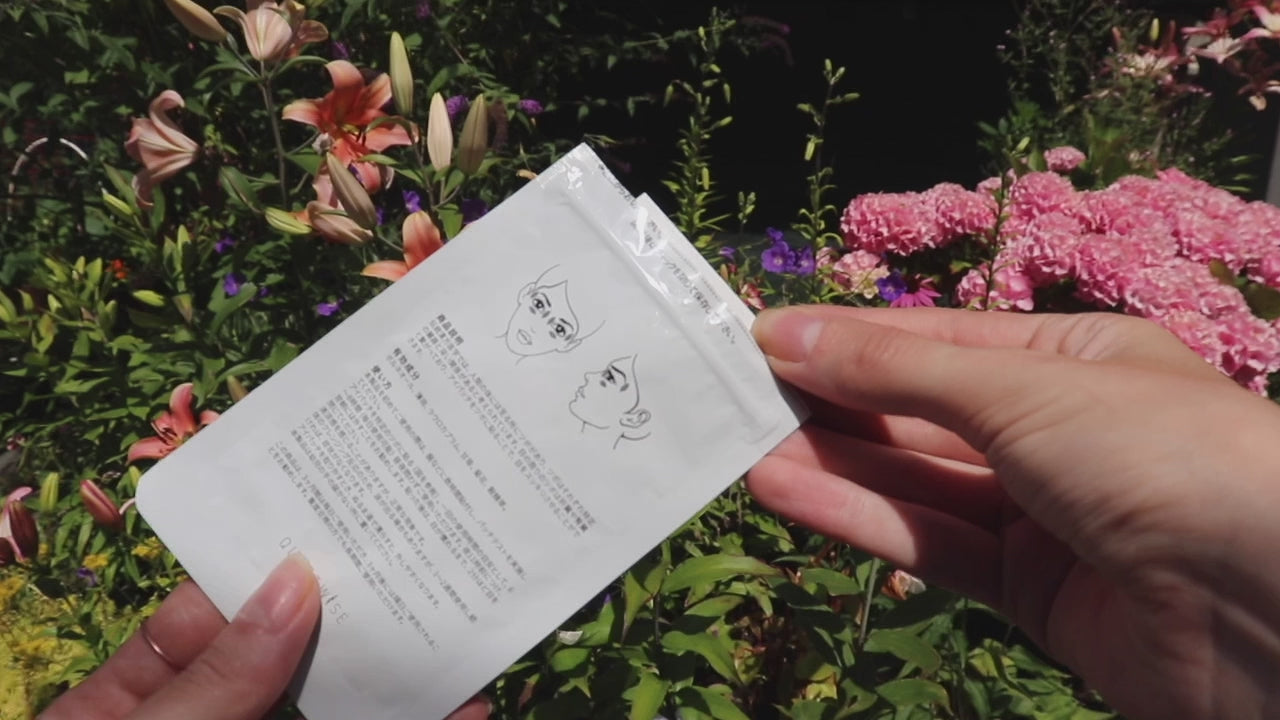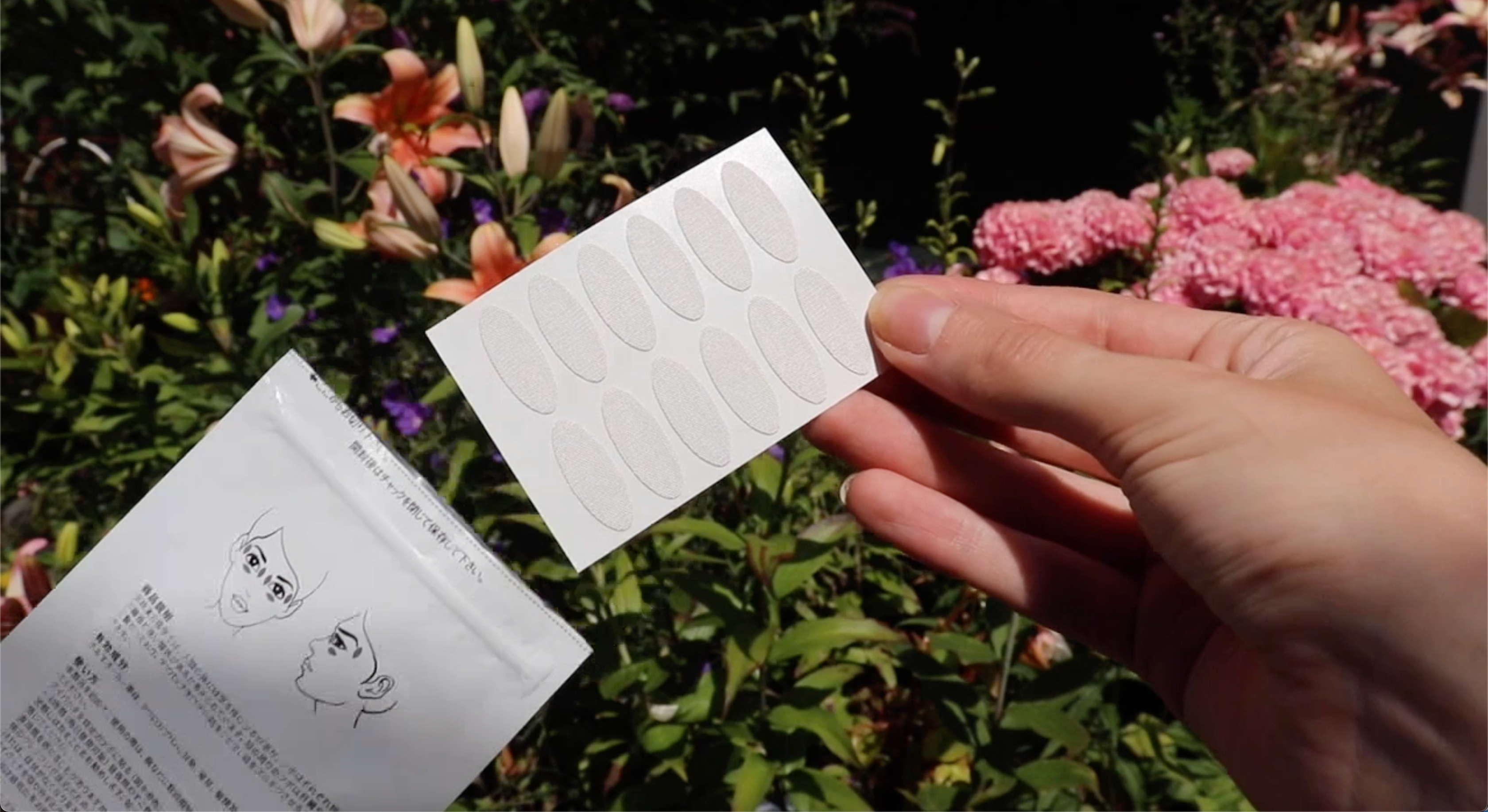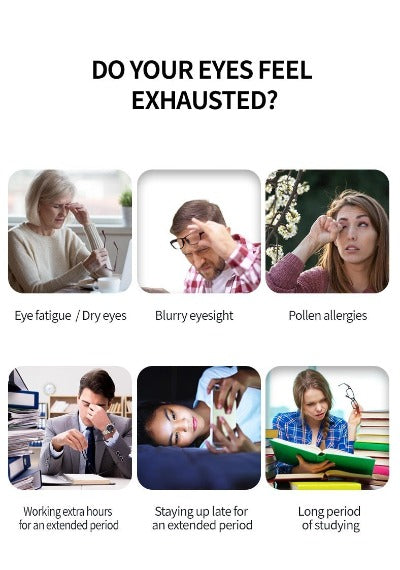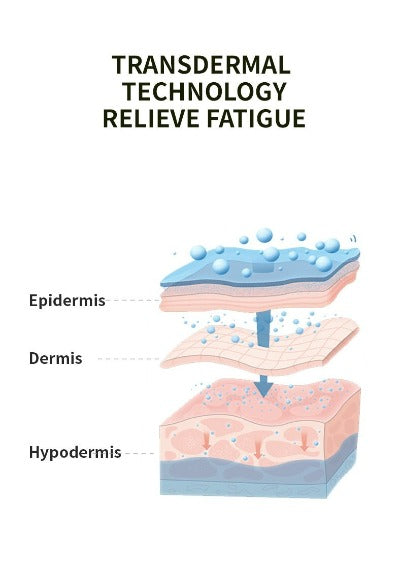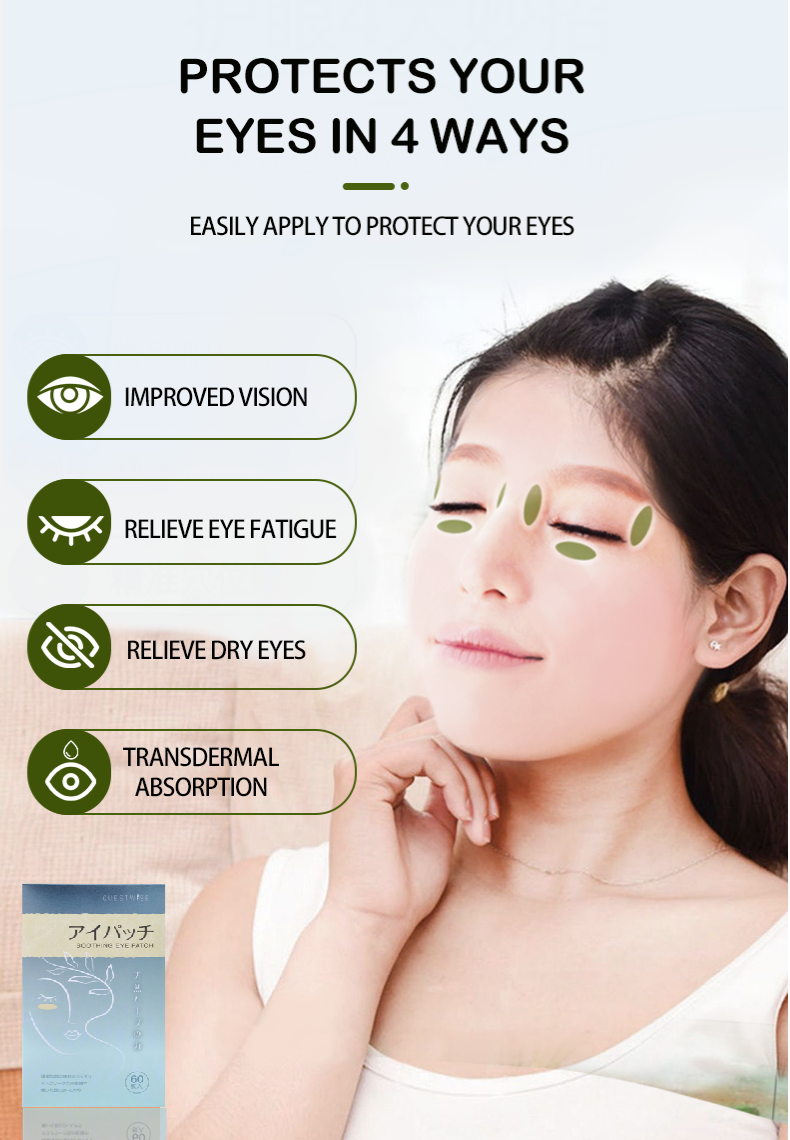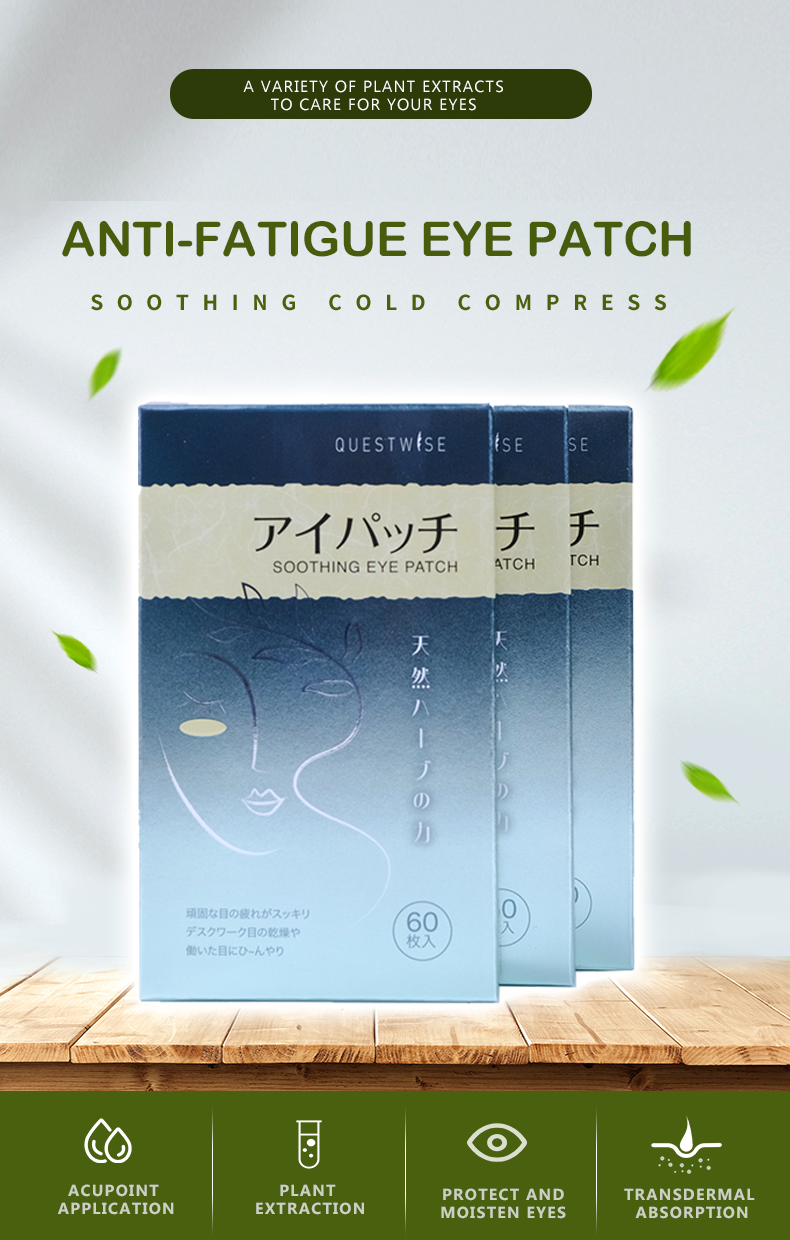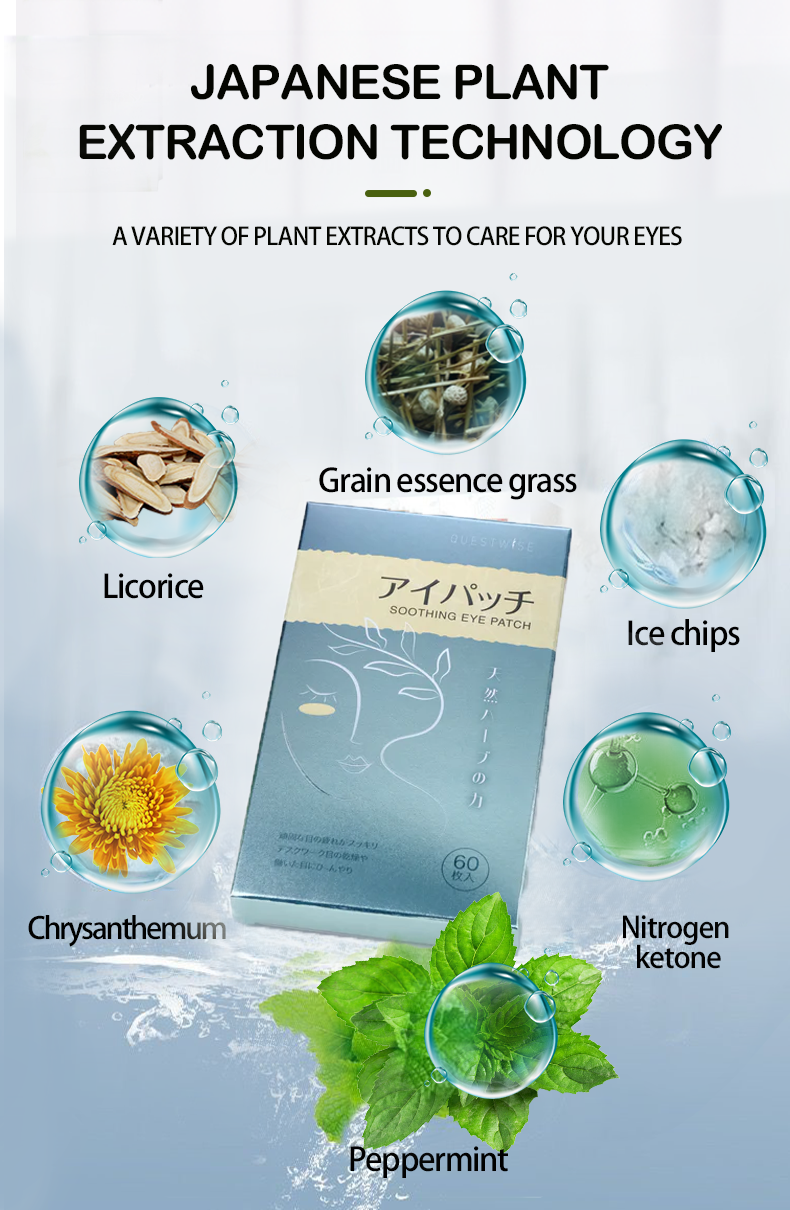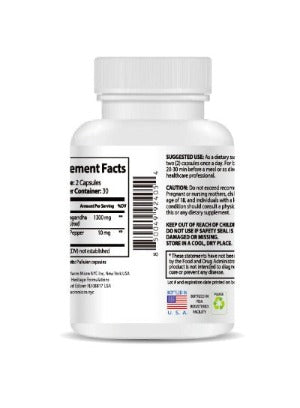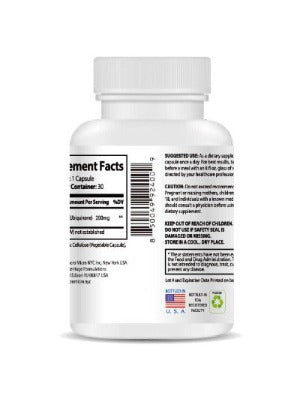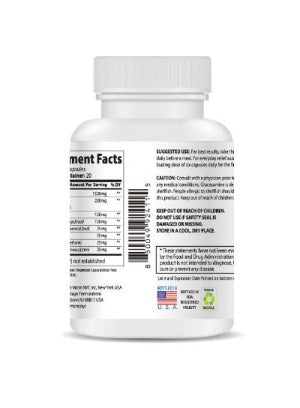Understanding the Dry Eye Syndrome and Aging Link: A Deeper Dive
As we navigate the journey of aging, our bodies undergo a multitude of transformations, and our eyes are no exception. One prevalent issue that significantly impacts the quality of life for many older adults is dry eye syndrome. This condition, characterized by persistent dryness, irritation, burning, and discomfort in the eyes, can be incredibly frustrating and disruptive. But why is there such a strong correlation between dry eye syndrome and the aging process? Let's explore the intricate science behind this common ailment and uncover effective strategies for managing its symptoms. Dry eye syndrome, a prevalent condition affecting millions, disproportionately impacts older adults, significantly impacting their quality of life. This detailed guide will delve into the intricate connection between aging and dry eye, exploring the underlying causes, common symptoms, and effective management strategies.
The Science Behind Aging and Dry Eyes: Unraveling the Complexity
The increased prevalence of dry eye syndrome with age is a result of several interconnected factors. As we age, our bodies naturally experience a decline in tear production. This reduction in tear quantity is often accompanied by a decrease in the quality of the tears themselves. The meibomian glands, responsible for producing the oily layer of tears that prevents excessive evaporation, often become less efficient with age, leading to a faster tear film breakdown. This delicate balance is crucial for maintaining a healthy ocular surface, and its disruption is a cornerstone of dry eye disease. This complex interplay of factors contributes to the increased susceptibility to dry eye syndrome as we age.
Hormonal fluctuations associated with aging also play a significant role in the development of dry eye syndrome. The intricate interplay of hormones influences tear production, and imbalances in these hormones can disrupt this crucial process. Furthermore, the reduced levels of estrogen and other hormones, particularly in post-menopausal women, can contribute to decreased tear production and quality. Moreover, the aging process can also lead to changes in the structure of the eye's surface, further contributing to the symptoms of dry eye. The delicate balance of the ocular surface becomes compromised, resulting in discomfort and impaired vision.
Beyond tear production and quality, other age-related factors can exacerbate dry eye syndrome, creating a perfect storm of contributing elements:
- Increased Digital Device Use: Prolonged screen time, a hallmark of modern life, leads to reduced blink rates and increased eye strain, significantly contributing to dryness and irritation. The constant focus on screens often causes us to blink less frequently, leading to faster tear evaporation and increased dryness.
- Medications: Many commonly prescribed medications, particularly those used to treat hypertension, allergies, and depression, list dry eye as a potential side effect. The frequency of medication use often increases with age, compounding the issue. It's crucial to discuss potential side effects with your doctor if you are experiencing dry eye symptoms.
- Underlying Health Conditions: Certain chronic health conditions like diabetes, rheumatoid arthritis, and Sjogren's syndrome are more prevalent in older adults and can have a direct impact on tear production and eye health. These conditions often interact synergistically, worsening the symptoms of dry eye. Careful management of these underlying conditions can help mitigate dry eye symptoms.
- Environmental Factors: Exposure to dry air, wind, and pollutants can further exacerbate the symptoms of dry eye, particularly in older individuals whose tear film is already compromised. Taking precautions to protect eyes from harsh environmental elements is essential.
- Autoimmune Diseases: Conditions such as rheumatoid arthritis and lupus are often associated with dry eye syndrome. These conditions can disrupt the body's immune system, affecting tear production and causing inflammation of the eye's surface. Managing these autoimmune diseases through appropriate treatment strategies is crucial for mitigating the impact on eye health.
Finding Relief from Dry Eye Syndrome: A Multifaceted Approach
Fortunately, managing dry eye syndrome effectively is possible, regardless of age. A comprehensive approach often involves a combination of lifestyle modifications, over-the-counter remedies, and, in some cases, prescription medications. Simple changes like increasing your daily fluid intake and incorporating regular breaks during screen time can yield significant improvements. Using artificial tears can lubricate and soothe the eyes, providing temporary relief from dryness and discomfort. The 20-20-20 rule (every 20 minutes, look at something 20 feet away for 20 seconds) is a simple and effective technique to reduce eye strain. These seemingly small changes can make a significant difference in managing dry eye symptoms.
For those with more persistent or severe symptoms, exploring advanced treatments is advisable. This might include the use of prescription eye drops, warm compresses to stimulate meibomian gland function, or even more advanced procedures in severe cases. Consider incorporating products like the Wise Quest Soothing Eye Patches - 3-Month Wellness Pack into your routine. These patches offer a unique approach to soothing dry eyes, providing comfort and relief.
The Wise Quest Soothing Eye Patches - 3-Month Wellness Pack offers a convenient and effective solution for chronic dryness and strain. These non-toxic patches, crafted with nature's finest ingredients, provide long-term relief, making them an ideal choice for those seeking a safe and natural remedy for dry eye syndrome. The 3-month supply ensures consistent treatment and optimal results. Unlike many other treatments, these patches offer a comfortable and easy-to-use solution for daily management of dry eye symptoms.
Prioritizing Eye Health as We Age: A Holistic Approach
Dry eye syndrome is a prevalent condition that can significantly impact quality of life. However, by understanding the intricate connection between aging and dry eye and by adopting a proactive and holistic approach to management, you can effectively alleviate symptoms and maintain healthy, comfortable vision. Regular eye exams are essential for early detection and personalized treatment plans. These exams allow for early identification of any underlying issues that might contribute to dry eye and enable prompt intervention.
Don't hesitate to consult your ophthalmologist or optometrist for a comprehensive assessment and guidance on the best course of action. They can provide personalized recommendations based on your specific needs and medical history. Remember, proactive measures and consistent care are key to preserving your eye health as you age. Early intervention and consistent management can help prevent the progression of dry eye and improve overall quality of life.
Beyond Treatment: Lifestyle Choices for Enhanced Eye Well-being
In addition to medical interventions and treatments, adopting a holistic approach to eye health involves making conscious lifestyle choices that promote optimal ocular well-being. These include:
- Hydration: Drink plenty of water throughout the day to maintain adequate hydration levels, essential for tear production. Dehydration can exacerbate dry eye symptoms, so staying well-hydrated is crucial.
- Omega-3 Fatty Acids: Incorporate omega-3-rich foods into your diet, as they have been shown to promote healthy tear film production. Foods like fatty fish, flaxseeds, and walnuts are excellent sources of omega-3s.
- Nutrition: Maintain a balanced diet rich in antioxidants and nutrients to support overall eye health. A healthy diet contributes to overall well-being, including eye health.
- Environmental Protection: Protect your eyes from environmental stressors like wind, sun, and dry air by using sunglasses and moisturizing eye drops. These measures can help reduce irritation and discomfort.
- Stress Reduction: Manage stress levels through relaxation techniques like yoga, meditation, or deep breathing exercises, as stress can exacerbate dry eye symptoms. Stress can impact various bodily functions, including tear production.
- Humidifiers: Using a humidifier, especially during dry winter months, can significantly improve the moisture content of the air, reducing eye dryness.
- Blink Frequently: Consciously make an effort to blink more frequently, especially while using digital devices, to prevent excessive tear evaporation.
By taking a comprehensive approach that combines medical treatments with proactive lifestyle modifications, you can effectively manage dry eye syndrome and enhance your overall eye health. Remember, prioritizing eye health is an investment in your long-term well-being and quality of life. Taking charge of your eye health is crucial for maintaining comfort and visual acuity as you age.




